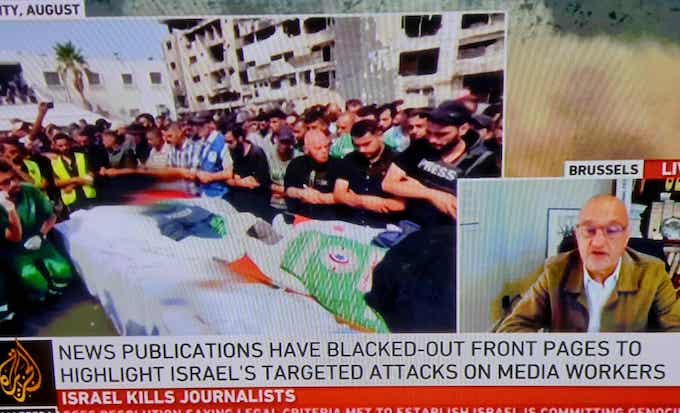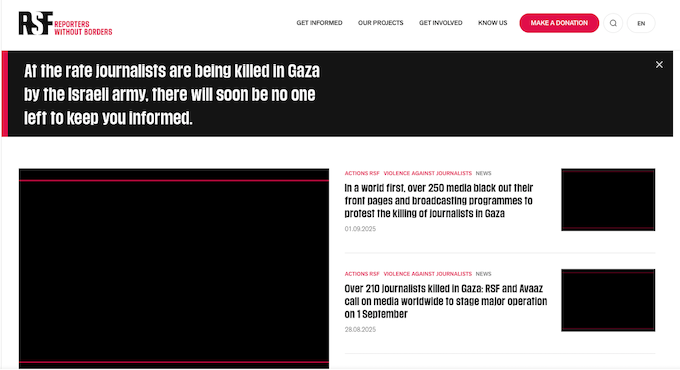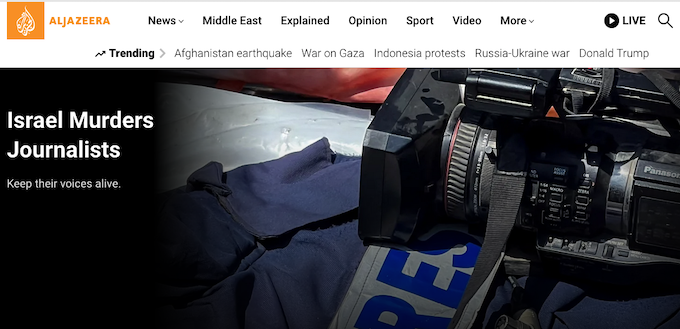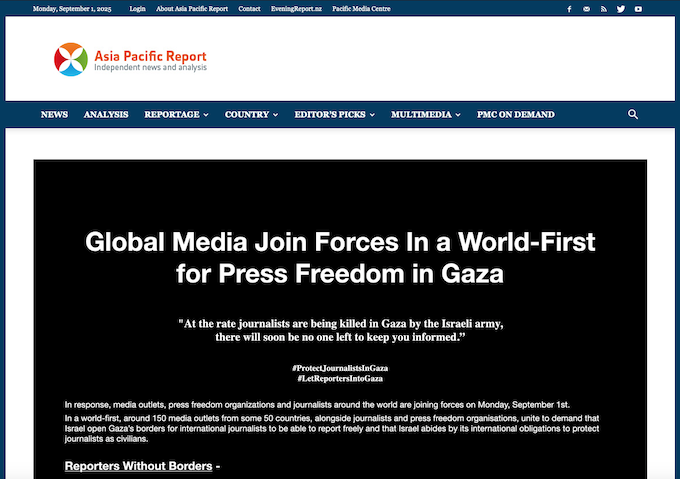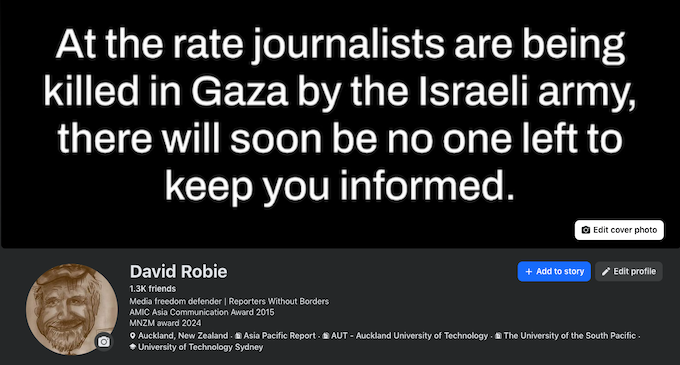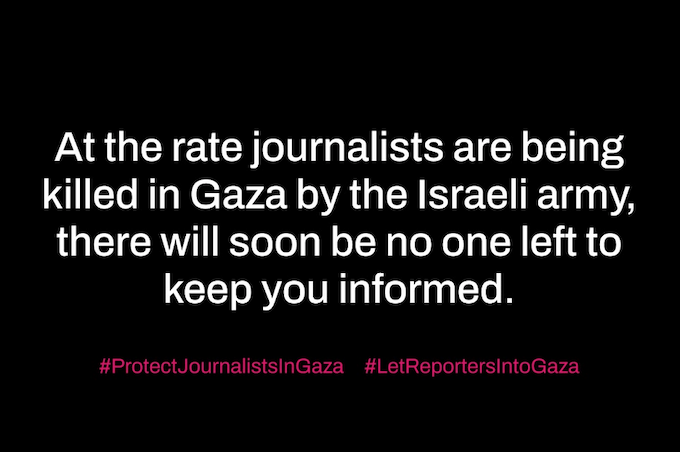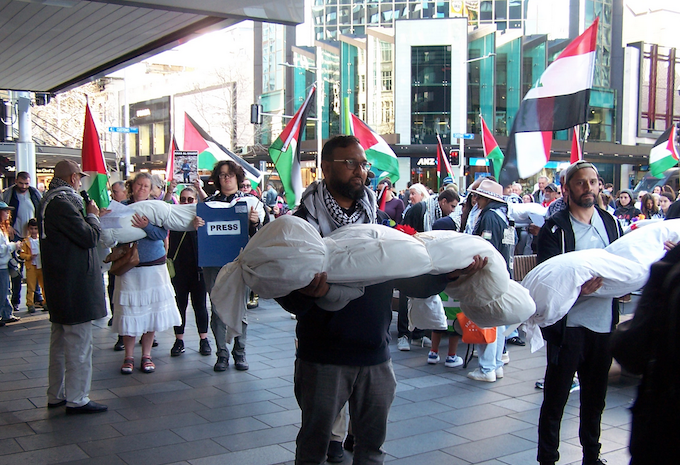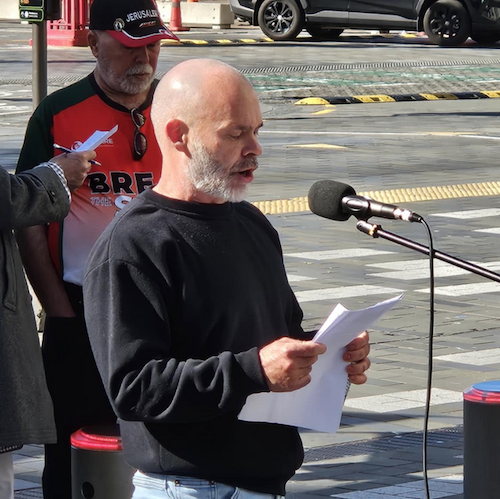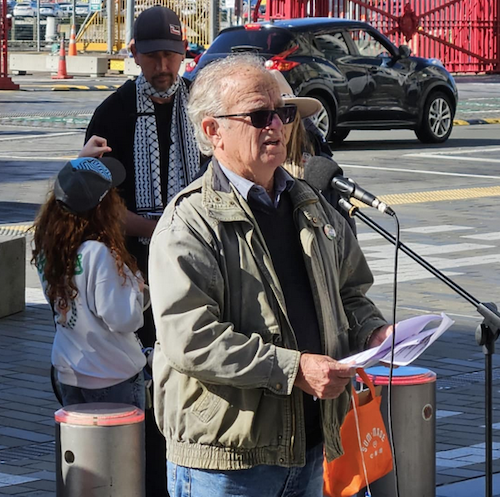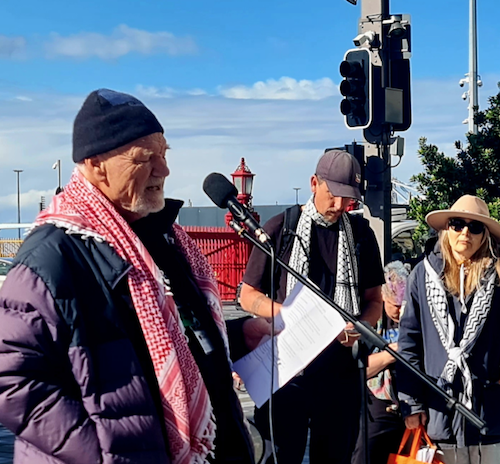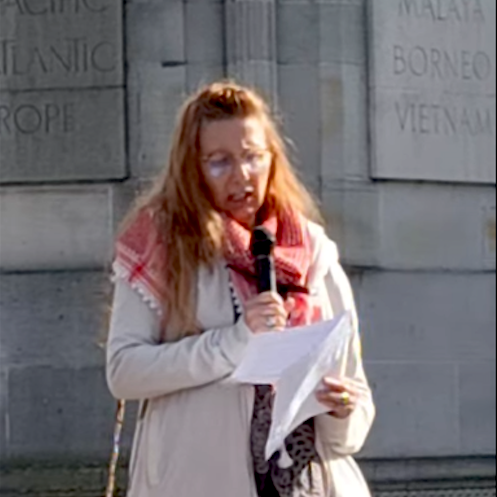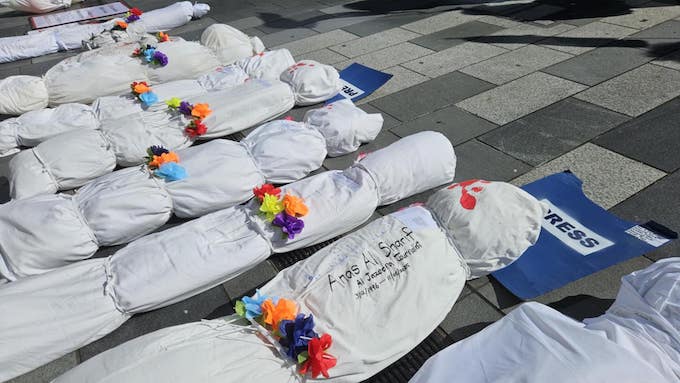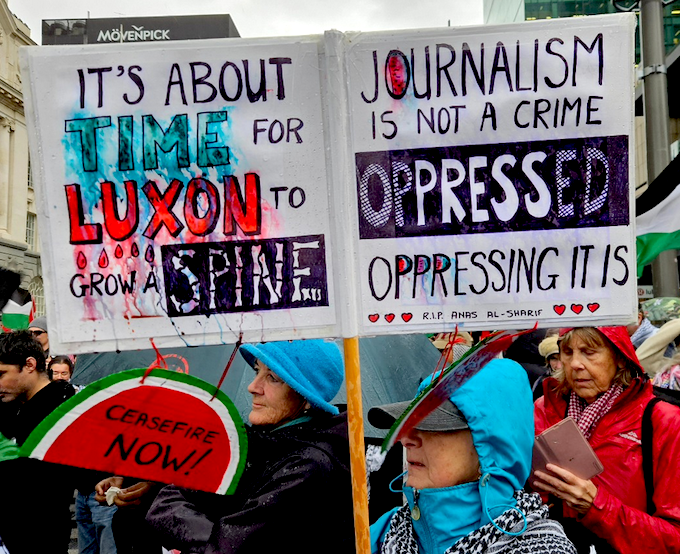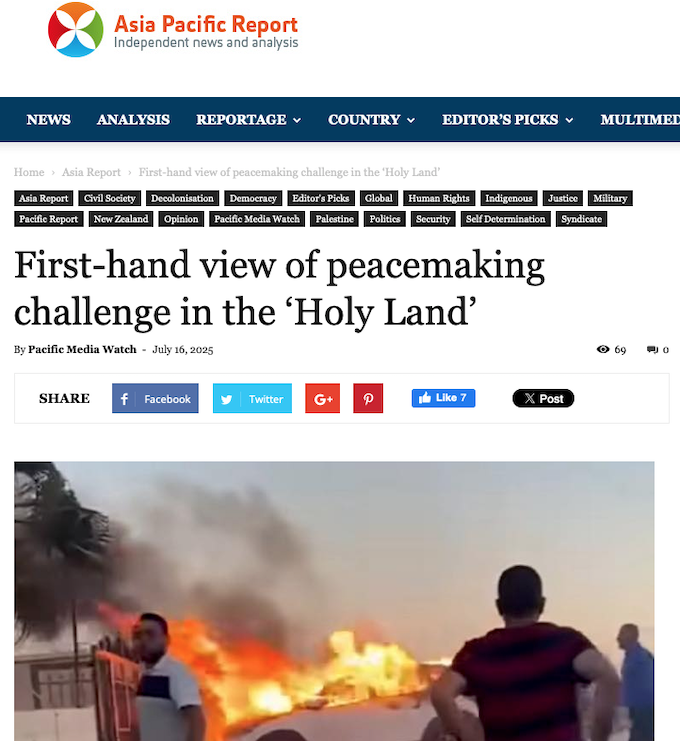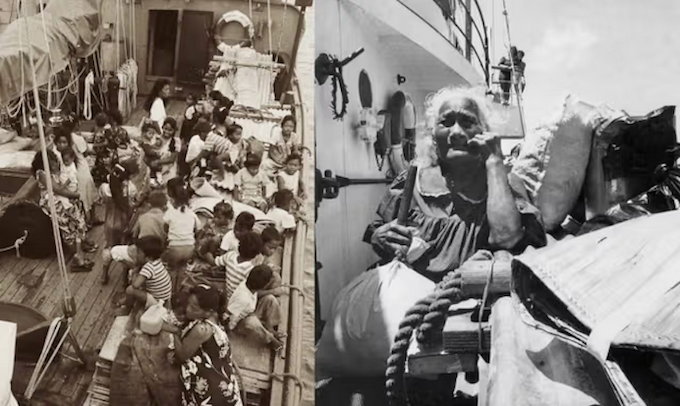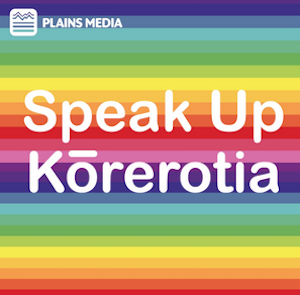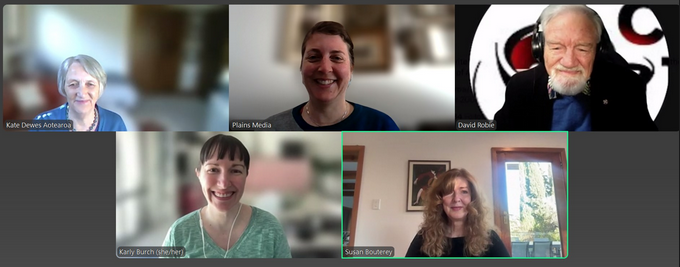ANALYSIS: By Simon Levett
Journalist Mariam Dagga was just 33 when she was brutally killed by an Israeli airstrike in Gaza on August 25.
As a freelance photographer and videographer, she had captured the suffering in Gaza through indelible images of malnourished children and grief-stricken families. In her will, she told her colleagues not to cry and her 13-year-old son to make her proud.
Dagga was killed alongside four other journalists — and 16 others — in an attack on a hospital that has drawn widespread condemnation and outrage.
- READ MORE: Algerian envoy breaks down at UN, reads letter of Gaza journalist killed by Israel
- Remembering Mariam Abu Daqqa, my strong, beautiful friend killed by Israel
- Other Gaza journalists reports
This attack followed the killings of six Al Jazeera journalists by the Israeli Defence Forces (IDF) in a tent housing journalists in Gaza City earlier on August 10. The dead included Pulitzer Prize-winning journalist Anas al-Sharif.
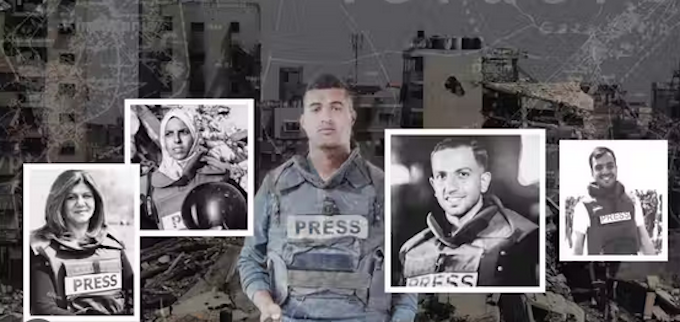
Israel’s nearly two-year war in Gaza is among the deadliest in modern times. The Committee to Protect Journalists (CPJ), which has tracked journalist deaths globally since 1992, has counted a staggering 189 Palestinian journalists killed in Gaza since the war began. Two other counts more widely cited have ranged between 248 and 272
Many of the journalists worked as freelancers for major news organisations since Israel has banned foreign correspondents from entering Gaza.
In addition, the organisation has confirmed the killings of two Israeli journalists, along with six journalists killed in Israel’s strikes on Lebanon.
‘It was very traumatising for me’
I went to Tel Aviv and Jerusalem in Israel and Ramallah in the West Bank in 2019 to conduct part of my PhD research on the available protections for journalists in conflict zones.
During that time, I interviewed journalists from major international outlets such as The New York Times, The Guardian, the Australian Broadcasting Corporation, CNN, BBC and others, in addition to local Palestinian freelance journalists and fixers. I also interviewed a Palestinian journalist working for Al Jazeera English, with whom I remained in contact until recently.
Israel murdered journalist Shireen Abu Akleh, a US citizen, in 2022. The Biden admin helped cover it up. Now Israel is targeting even more journalists — with U.S. weapons.@RaniaKhalek speaks to @DionNissenbaum & @LinaAbuAkleh about the new @zeteo_news doc “Who Killed Shireen?”… pic.twitter.com/qxJ5TzFolH
— BreakThrough News (@BTnewsroom) September 3, 2025
I did not visit Gaza due to safety concerns. However, many of the journalists had reported from there and were familiar with the conditions, which were dangerous even before the war.
Osama Hassan, a local journalist, told me about working in the West Bank:
“There are no rules, there’s no safety. Sometimes, when settlers attack a village, for example, we go to cover, but Israeli soldiers don’t respect you, they don’t respect anything called Palestinian […] even if you are a journalist.”
Nuha Musleh, a fixer in Jerusalem, described an incident that occurred after a stone was thrown towards IDF soldiers:
“[…] they started shooting right and left – sound bombs, rubber bullets, one of which landed in my leg. I was taken to hospital. The correspondent also got injured. The Israeli cameraman also got injured. So all of us got injured, four of us.
“It was very traumatising for me. I never thought that a sound bomb could be that harmful. I was in hospital for a good week. Lots of stitches.”
Better protections for local journalists and fixers
My research found there is very little support for local journalists and fixers in the Occupied Palestinian Territories in terms of physical protection, and no support in terms of their mental health.
International law mandates that journalists are protected as civilians in conflict zones under the Geneva Conventions and Additional Protocols. However, these laws have not historically extended protections specific to the needs of journalists.
Media organisations, media rights groups and governments have been unequivocal in their demands that Israel take greater precautions to protect journalists in Gaza and investigate strikes like the one that killed Mariam Dagga.

Sadly, there is seemingly little media organisations can do to help their freelance contributors in Gaza beyond issuing statements noting concern for their safety, lobbying Israel to allow evacuations, and demanding access for foreign reporters to enter the strip.
International correspondents typically have training on reporting from war zones, in addition to safety equipment, insurance and risk assessment procedures. However, local journalists and fixers in Gaza do not generally have access to the same protections, despite bearing the brunt of the effects of war, which includes mass starvation.
Despite the enormous difficulties, I believe media organisations must strive to meet their employment law obligations, to the best of their ability, when it comes to local journalists and fixers. This is part of their duty of care.
For example, research shows fixers have long been the “most exploited and persecuted people” contributing to the production of international news. They are often thrust into precarious situations without hazardous environment training or medical insurance. And many times, they are paid very little for their work.
Local journalists and fixers in Gaza must be paid properly by the media organisations hiring them. This should take into consideration not just the woeful conditions they are forced to work and live in, but the immense impact of their jobs on their mental health.
As the global news director for Agence France-Presse said recently, paying local contributors is very difficult — they often bear huge transaction costs to access their money.
“We try to compensate by paying more to cover that,” he said.
But he did not address whether the agency would change its security protocols and training for conflict zones, given journalists themselves are being targeted in Gaza in their work.
These local journalists are literally putting their lives on the line to show the world what’s happening in Gaza. They need greater protections.
As Ammar Awad, a local photographer in the West Bank, told me:
“The photographer does not care about himself. He cares about the pictures, how he can shoot good pictures, to film something good.
“But he needs to be in a good place that is safe for him.”
Simon Levett is a PhD candidate in public international law, University of Technology Sydney. This article is republished from The Conversation under a Creative Commons licence. Read the original article.


